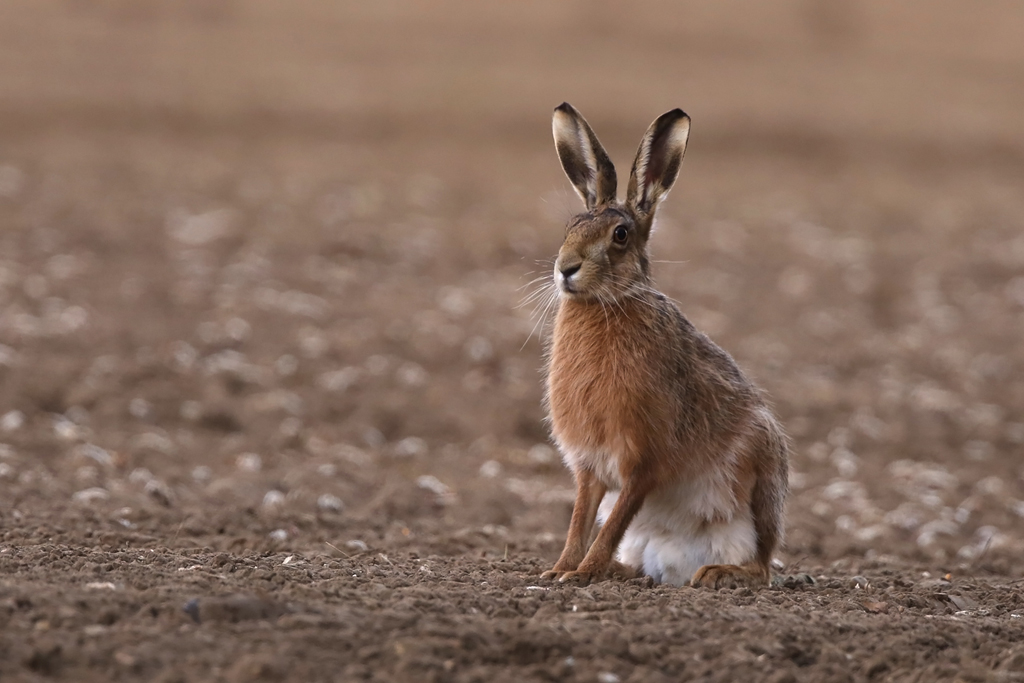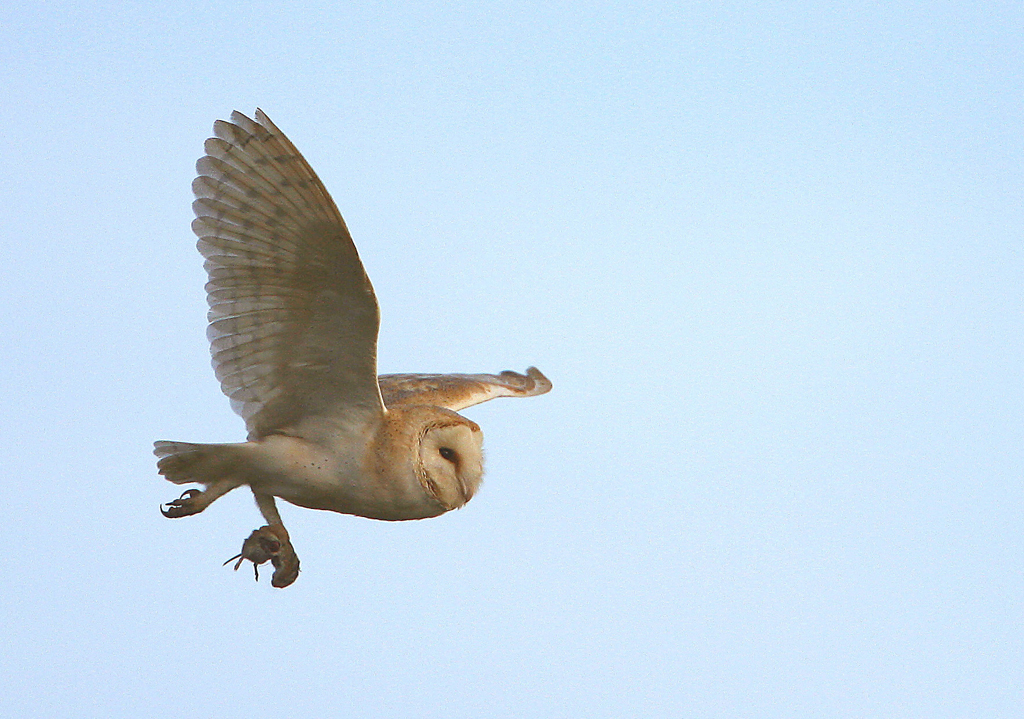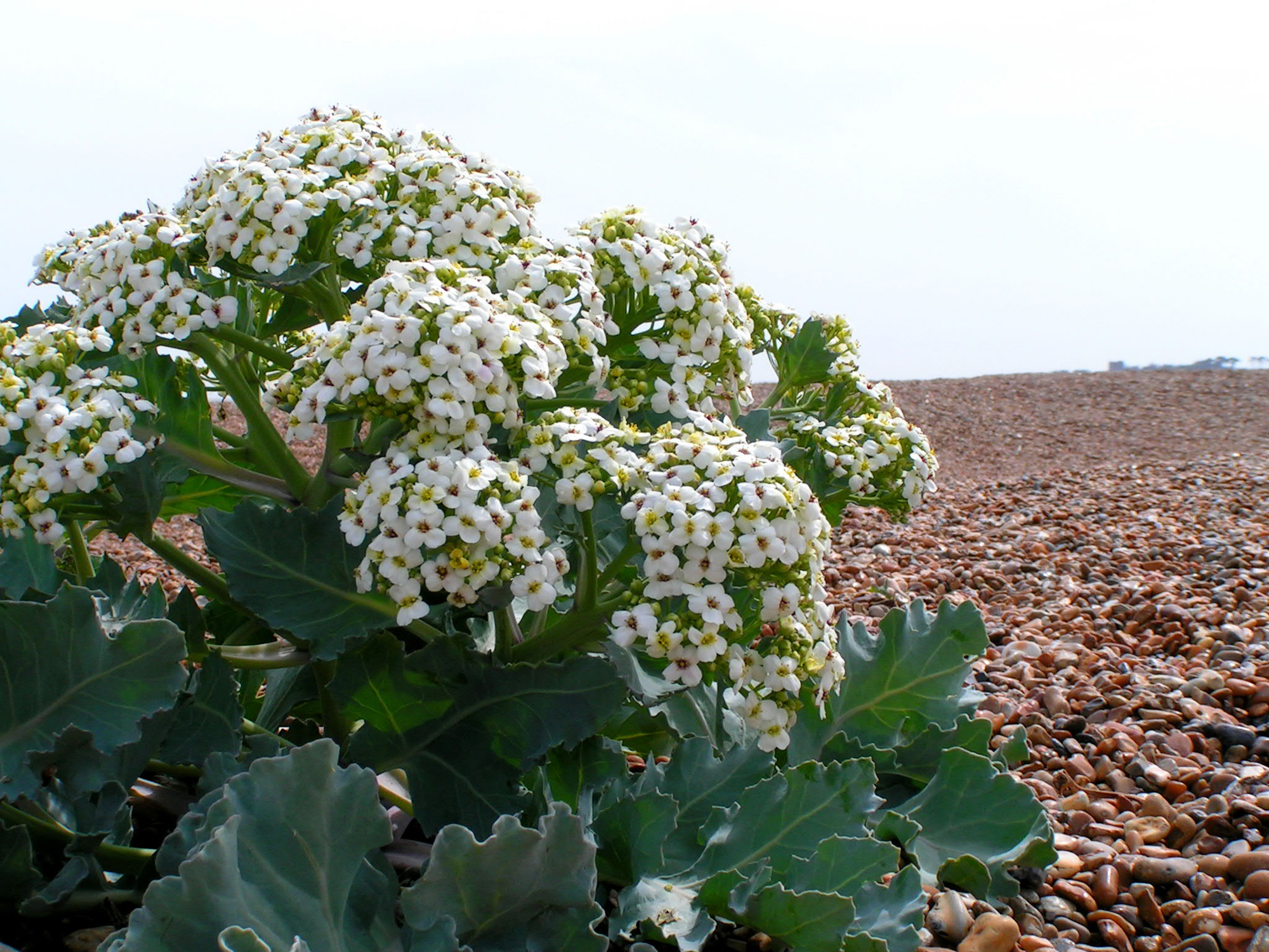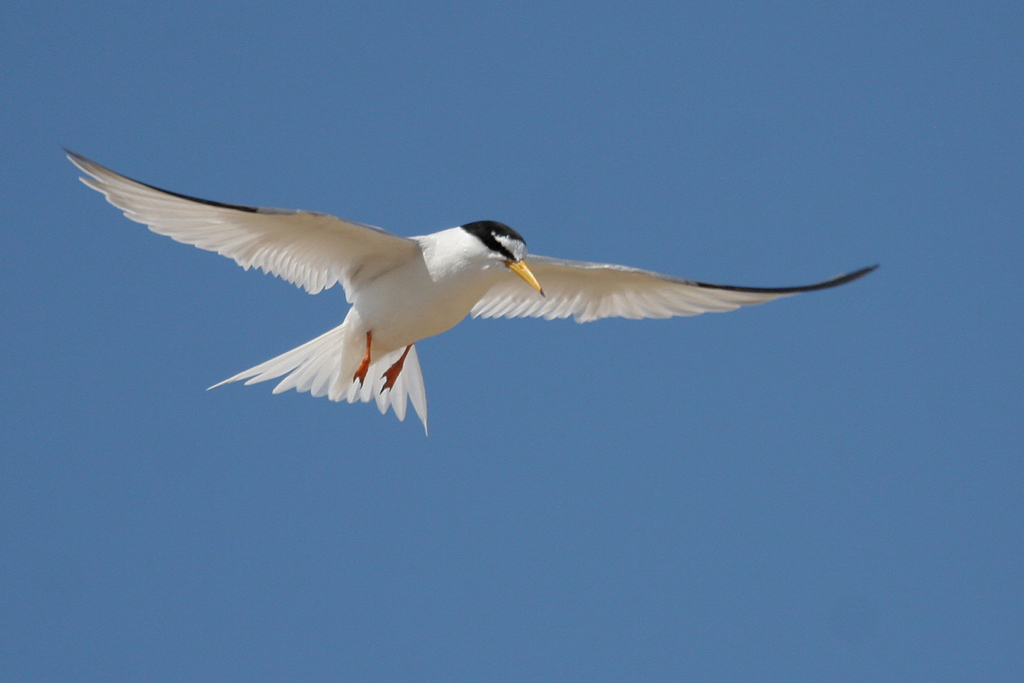Salty wind, sea and stones are what you get at Shingle Street, and lots of wild flowers. They are a hardy bunch of survivors, and superbly at home in the tough environment where land meets sea. Some live in the mud; others in shingle, grassland, on seawalls, in lagoons and some even manage to exist in the cracks in concrete. Summer at Shingle Street produces a palette of colours from seemingly impossible raw materials. Yellow, pink, white, red and deep blue: any gardener would be proud to have flowers as striking if they came from a garden centre, and a glance at the gardens of the cottages proves the point.
The plants flourish in their spectacularly hostile home. A beach can be frigidly cold, or baking hot. Tearing winds can desiccate leaves and loosen roots, whilst salt spray is a constant hazard. The plants need fresh water to survive, and rainwater that percolates through the shingle is absorbed at depth by the long taproots possessed by some shingle plants. Those same roots give the plants a solid anchorage in the loose shingle. Having found fresh water, it is vital the plants don’t lose it to the sun and wind through their leaves. Grey-green foliage, a covering of dense hairs or a wax-like surface are all ways in which shingle plants avoid losing moisture. With no shade or wind-breaking hedge or tree, these plants have adapted to their rigorous world as completely as an alpine plant clinging to an ice-sheathed rock ledge on Ben Nevis. Sea beet and sea kale form low hummock shapes that deflect the wind and help reduce water loss. Sea pea’s answer to stem snapping, desiccating gales is to lie prostrate on the shingle. Natural selection has equipped them all with what they need to survive.
In contrast to shingle beaches, saltmarshes are formed entirely from mud, covered by a layer of plants, and cut by a pattern of drainage creeks and channels. A healthy saltmarsh is usually covered with sea purslane, sea lavender, sea aster, sea arrowgrass, glasswort and several others. Their numbers can be immense, although the diversity of species is usually low. There are no trees or hedges to provide shade or protection from the wind, and they must survive searing summer sun and winter frosts. Salt is everywhere: it is lethal to most plants, but these plants have a degree of tolerance to it, and some have ways of ridding themselves of it. Sea lavender ‘sweats’ salt from its tissues – you can see salt crystals on the undersides of its leaves. As on the shingle beach, rainfall is the only fresh water available to these saltmarsh plants: the seeds of many of them can germinate only when dowsed with rain in the spring, in a brief springtime window when tides are low for several days.
Laurie Forsyth, Aug 1 2015








